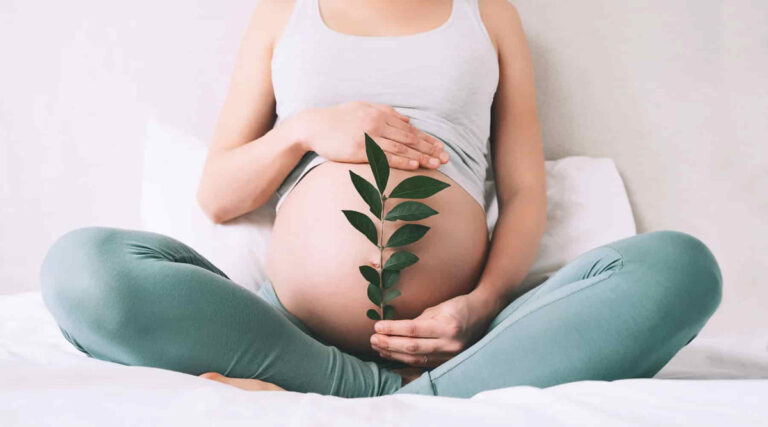A woman’s reproductive system is a complicated labyrinth and as unique as the woman herself. Just like the female body, fertility is complex. Each cycle and phase has its own powerful purpose. If you’re trying to conceive, it’s worth exploring and learning about the layers of fertility and the many ways they can be unlocked.
Phases and ovulation
Normally a woman ovulates every 12-14 days before her menstrual phase/cycle begins. If her eggs aren’t greeted by sperm, it’s time for mood swings and ice cream. When a sperm successfully fertilizes her egg, motherhood can begin to blossom! But what happens behind the scenes?
There are many layers that make up a fertile woman. The key phases that make fertilization successful are the follicular phase and the luteal phase. The follicular phase is the recruitment phase. When a woman is born, her ovaries contain all the immature eggs that her body will use during her lifetime. Our brain will signal our follicle stimulation hormones to recruit several follicles to mature each month. Just as sperm rushes to a mature egg, the follicles rush to become one. The healthiest and fastest follicle is the one that releases an egg at the time of ovulation.
After the ovulation phase, the luteal phase begins. The health and function of this phase are just as crucial as the follicular phase. Now that a healthy egg has met its match, the body must maintain the space in which an embryo can grow and flourish. The two main hormones that control the female system are estrogen and progesterone. Estrogen promotes fertilization of eggs and growth of the uterine lining, and progesterone maintains that lining and creates a healthy and welcoming space for the baby. Progesterone levels will increase in the luteal phase to help the fertilized egg attach to the uterine lining.
Fertility enrichment
Although our bodies have the blueprint for fertility, they don’t always follow the map easily. If something is out of balance, the phases are not as productive, or should we say as reproductiveas they could be.
There are many natural and safe herbs that promote fertility, uterine health and sexual desire. Maca root helps increase libido and helps balance hormones. Damiana is an aphrodisiac that has an affinity with women’s health and promoting sexual desire. Cycle Vitality 1 Follicular Phase Estrogenic Support helps with healthy estrogen levels during the follicular phase, while Cycle Vitality 2 Luteal Phase Progesterone Support helps with healthy progesterone levels during the luteal phase. Fertility Prep Conception Support supports optimal reproductive function and prepares the body for pregnancy. The Wild Yam, Vitex and Raspberry Leaf in Fertility Prep help to balance and maintain healthy cycles. The Black Haw strengthens the uterus and promotes a healthy uterine lining. Once a woman discovers she is pregnant, she should always consult her obstetrician before incorporating any herbs or supplements into her regimen. There are many safe herbs to use, but some are contraindicated during pregnancy.
It is important to combine fertility-boosting plants with a diet rich in nutrients and minerals, stress-relieving activities such as walking or meditation (especially womb meditations), and open communication with your sexual partner. When your body and mind are at ease, making babies is more fun!
Rebecca Younger strives to spark interest in herbs within her community through education and by integrating herbs into everyday life in exciting and innovative ways. She studied herbal medicine at Herbalism Roots in Denver. She is a Customer Journey Representative at WishGarden Herbs.
For educational purposes only. This information has not been evaluated by the Food and Drug Administration. This information is not intended to diagnose, treat, cure, or prevent any disease, or to sell any product.
Read further

